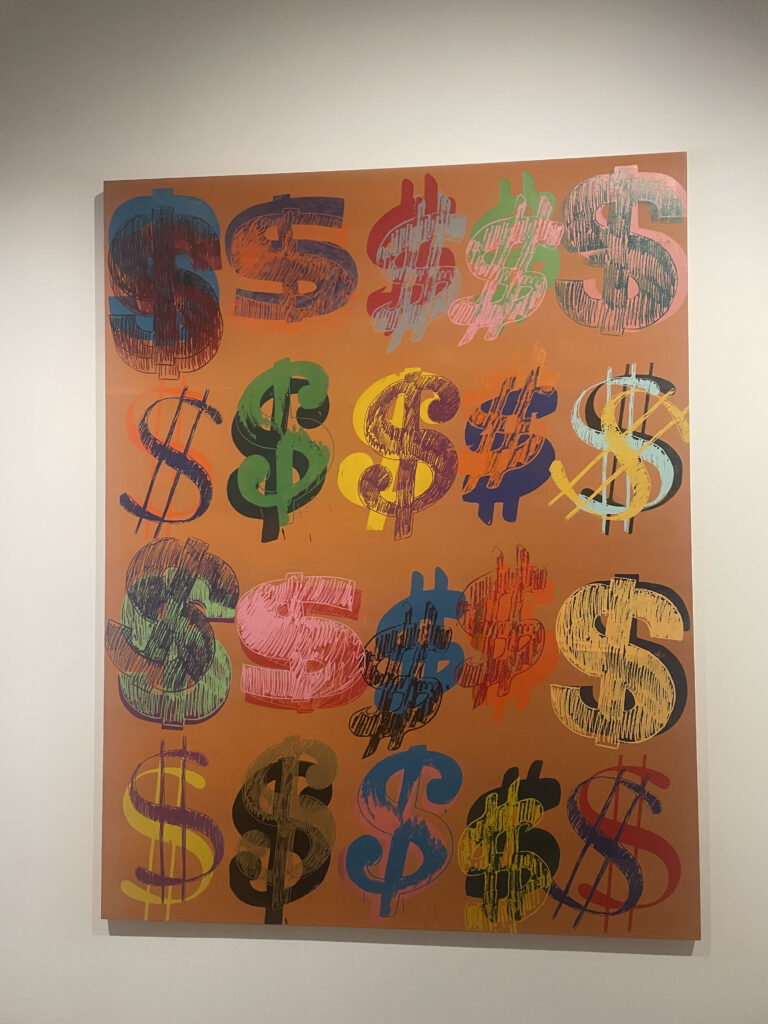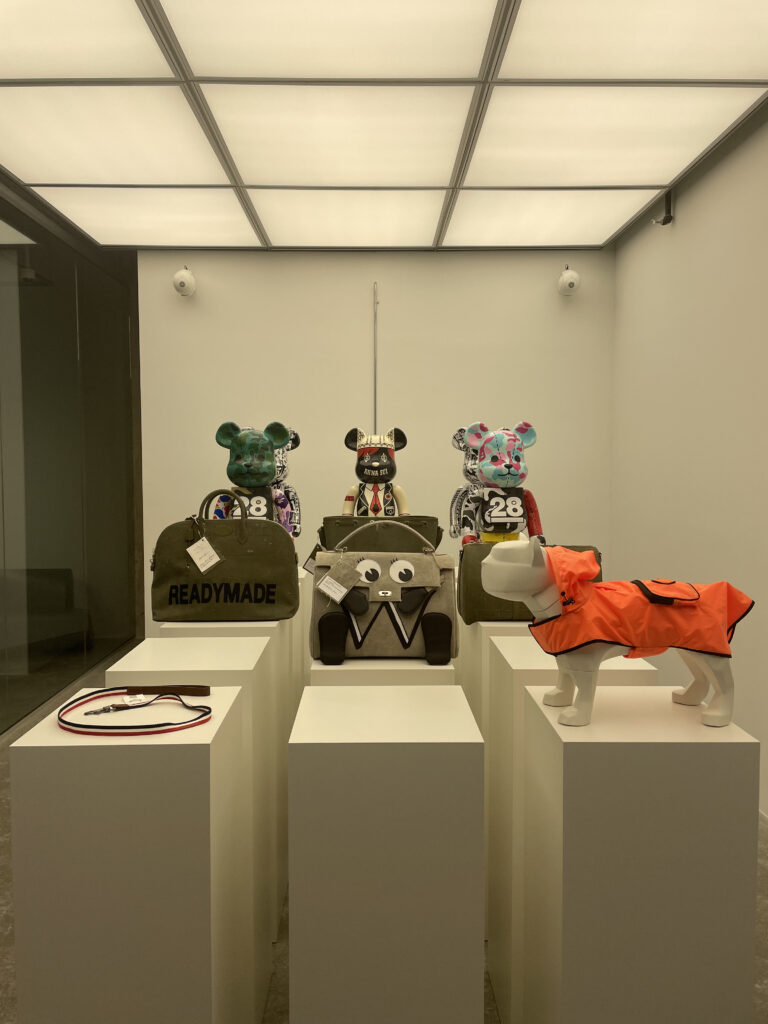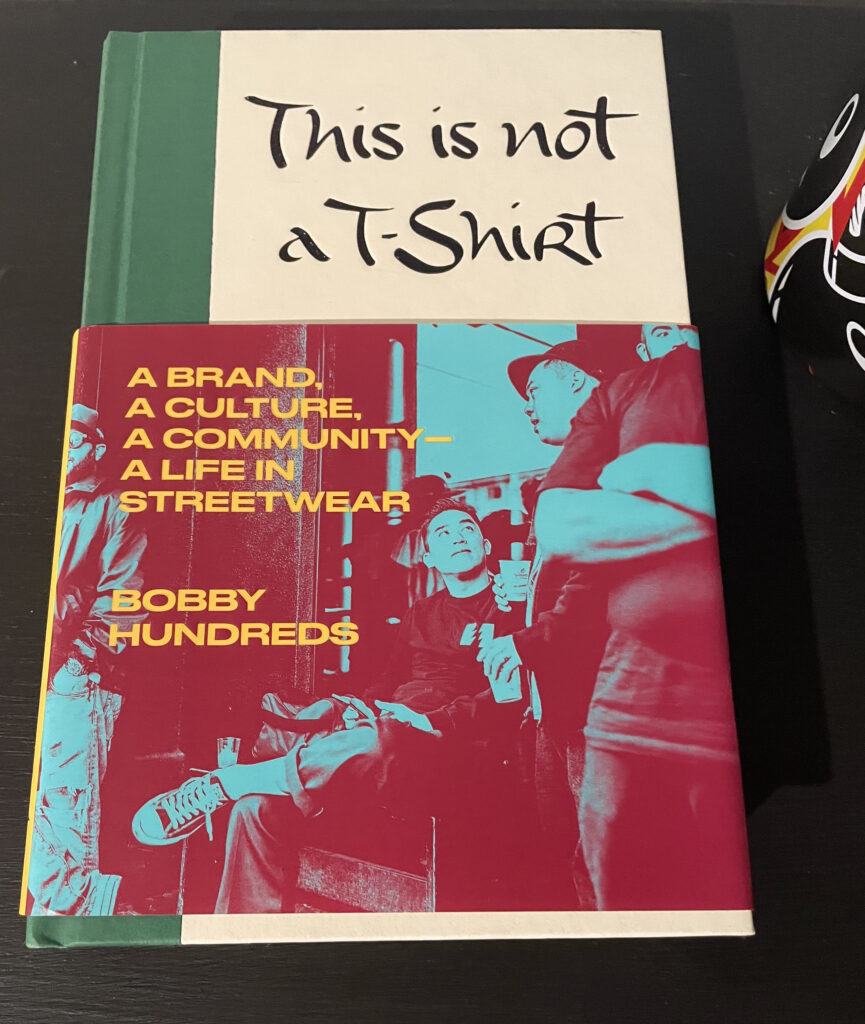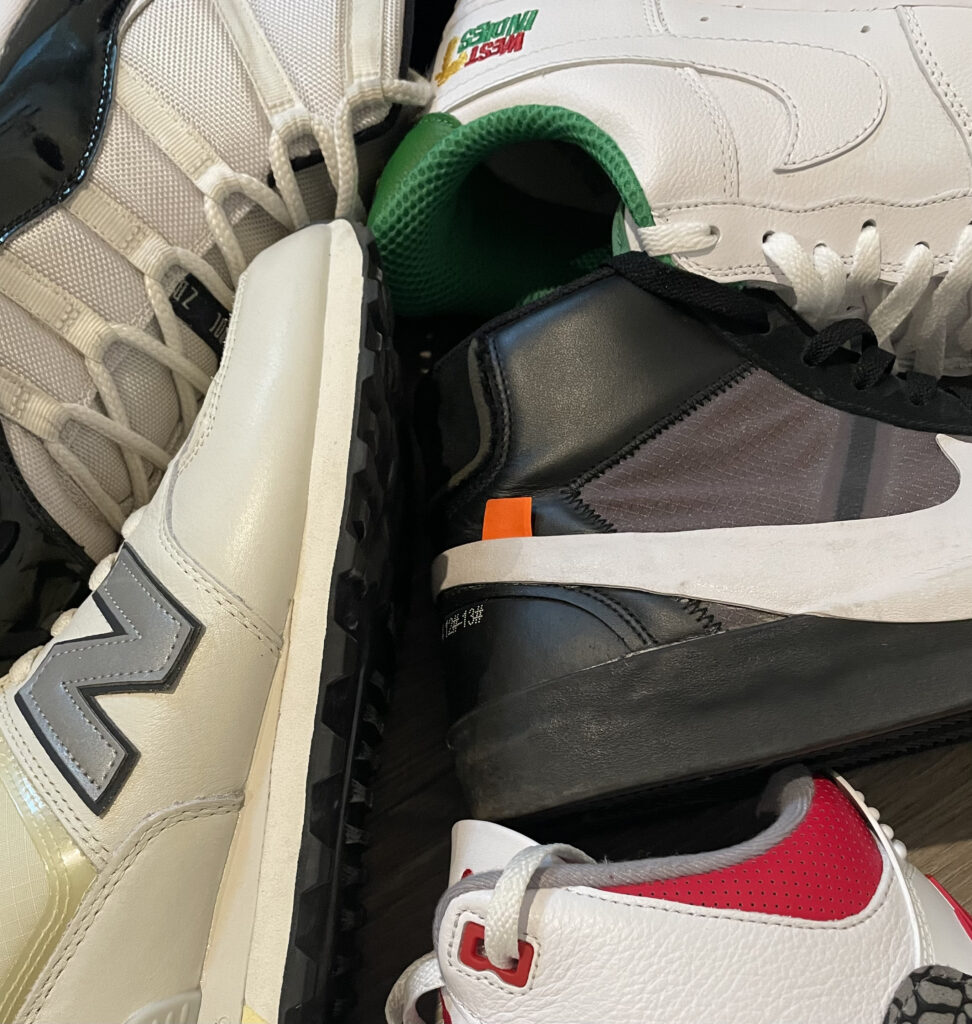Anyone who is socially aware knows how much fashion and commerce depend on each other in countless aspects. Economic regards are sure to draw tons of attention. Fashion is no stranger to having a complicated relationship with business.
Streetwear and luxury fashion have an even more complicated relationship with commerce than other fashion subcultures. Both even have “toxic” relationships with commerce and consumerism (eerily similar to that couple you know who keeps getting back together after multiple breakups). They can’t seem to stay away from each other even if the relationship may not be mutually beneficial to both parties.
Luxury Fashion and Commerce
Designer and luxury fashion bring along numerous unexplained complexities. Consumers everywhere wait in lines without a problem. Customers often express their “needs” which are typically highly emphasized and over-exaggerated wants. Retail clothing and fashion stores especially in the luxury realm noticeably function differently compared to other retail sectors.
Luxury fashion and shopping go hand in hand. Many customers flaunt their designer-branded bags walking out of the store or around the mall in an attempt to display a higher social status. Most people don’t care about the orange shopping bags or what’s in them. However, even luxury stores are witnessing a decline of in-person shopping as of recently.
In certain boutiques, sales associates may be directly paired to individual customers. The feeling of being followed and/or watched when trying to shop is definitely not an enjoyable experience. Luxury brands are quickly losing the interest of loyal customers. The highest-spending customers are rarely subjected to waiting in line or being followed by a standoffish sales associate. The highest spenders get exclusive access and treatment that keeps them coming back for more.

Does Luxury Fashion Create Enjoyable Shopping Experiences?
Regulars have noticed a shift in the luxury fashion shopping world. The article, “How Luxury Fashion Killed the Joy of Shopping” by Eugene Rabkin highlights how luxury fashion is rapidly losing once loyal customers. The pandemic has undoubtedly changed the dynamics of in-person shopping especially within stores with regular high foot traffic.
Rabkin goes on to explain how lines seem to constantly go out the door of luxury boutiques in New York. Some people may not worry about waiting to eventually purchase a designer piece, but many do not want to spend their valuable time in line. Countless stores make potential customers wait in line even if the store is not busy at the time. Through “crowd control,” a false sense exclusivity and luxury is often portrayed.
Eugene Rabkin’s article on luxury shopping provides an intriguing outlook for how the relationship between luxury retailers and customers will develop as time goes on. Read more of Rabkin’s work here.
Sincere Sneaker Shopping
Anyone who keeps up with the Complex’s ‘Sneaker Shopping’ knows how glamorous the simple act of buying new sneakers is portrayed on a massive and glorified scale. Most people don’t make a huge deal out of purchasing a new pair of kicks. More often than not, sneakers are ordered online and delivered in person- the wait for the shoes to arrive is highly anticipated. Sneaker shopping in person has been slowly dying down over the past few years.
Many sought-after sneakers are not available for purchase in retail stores around the United States. Resell and secondhand shops typically carry in-demand shoes but with hefty price tags. Consumers don’t want to overpay just for the convenience or experience; many shoppers opt to wait to buy a pair of sneakers for much cheaper online than in-store.
Many sought-after sneakers are not available for purchase in retail stores around the United States. Resell and secondhand shops typically carry in-demand shoes but with hefty price tags. Consumers don’t want to overpay just for the convenience or experience; many shoppers opt to wait to buy a pair of sneakers for much cheaper online than in-store.

Sneaker shopping is rarely as glamorous as the Complex episodes with Joe La Puma. Most of the time, it is a simple transaction. Other times, employees do not provide the needed assistance they are required to do. Some sneaker boutiques have problems with arrogant and standoffish employees- not too far from the issues associated with luxury boutiques.
The world of sneakers seems to be forever growing. People who do not keep up with sneaker releases may find themselves overwhelmed in a store with hundreds of pairs. Sneaker stores seem to pop up on every corner. Sneaker shopping is more widespread than ever, but is not ideal for most customers.
The Future of Fashion and Commerce
Fashion and commerce bring many complex issues to light. What happened to the days of uninterrupted shopping? When will retail stores understand the warranted concerns of customers?
The future of the complicated relationship between fashion and commerce does not look like it will become any less elaborate anytime soon. Loyal customers and potential customers usually want to be cordial with sales associates. When employees do not show exceptional customer service, the storefronts are typically losing out on potential sales by the minute or even second.
Shopping for clothing may shift to a higher online presence if major corporations don’t start listening to their most loyal customers. Luxury boutiques and sneaker boutiques need to bring in more sales associates who are truly passionate about the industry rather than money hungry employees who use cold tactics to score their next win.




